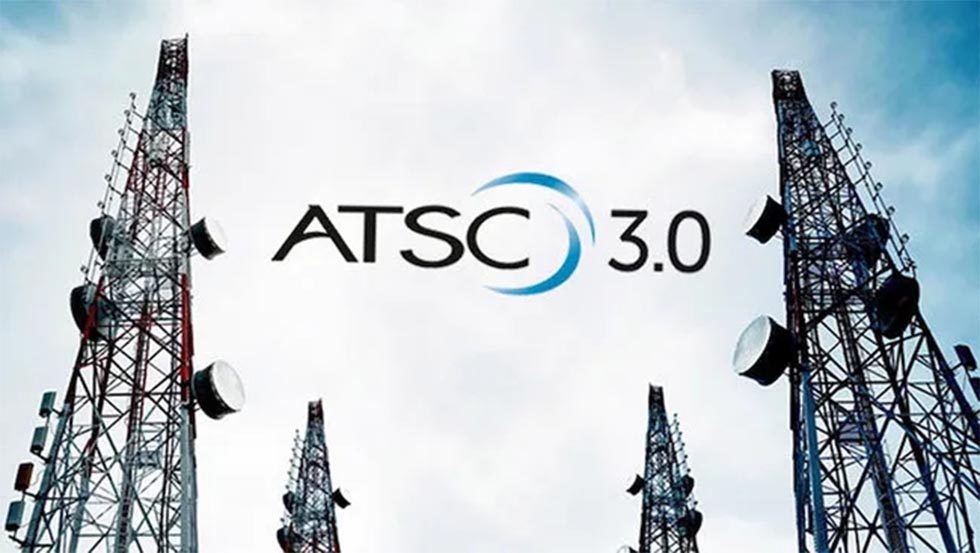Reducing interference from inside a tablet or smartphone is one of the challenges engineers face when trying to optimize receiver performance in these devices. NEC Technologies has found a way to minimize this interference and as much as double communications speeds between wireless devices by improving antenna sensitivity using metamaterial technology.
NEC's new electromagnetic (EM) noise suppression technology is an Electromagnetic Bandgap (EBG) structure that suppresses transmission of certain frequencies using a variety of metamaterials. NEC described one of the key features–an original EBG structure with the world's smallest unit cell–this way:
“NEC developed an EBG structure featuring new unit cells that incorporate an open-stub resonator made up of spiral metal wire. As a result, the area of unit cells have been reduced by approximately 90 percent (2.1 x 2.1 mm) to become the world's smallest of its kind when compared to existing LC resonators using unit cells with an EBG structure for suppressing electromagnetic noise in the 2.4 GHz band used in Wi-Fi. This enables the suppression of electromagnetic noise emissions through the implementation of unit cells within high density printed circuit boards, which has been difficult to perform through conventional technologies.”
These unit cells are placed near the source of EM noise, improving reception sensitivity of antennas “by as much as 10 times” and improving “the transmission speed of wireless devices by as much as 2 times.”
Multiple open-stub resonators within a unit cell can be used for multiband operations, reducing EM noise in both the 2.4 GHz and 5 GHz Wi-Fi bands, for example.
NEC said it plans to release products with these new technologies by the end of 2013.
The professional video industry's #1 source for news, trends and product and tech information. Sign up below.

Doug Lung is one of America's foremost authorities on broadcast RF technology. As vice president of Broadcast Technology for NBCUniversal Local, H. Douglas Lung leads NBC and Telemundo-owned stations’ RF and transmission affairs, including microwave, radars, satellite uplinks, and FCC technical filings. Beginning his career in 1976 at KSCI in Los Angeles, Lung has nearly 50 years of experience in broadcast television engineering. Beginning in 1985, he led the engineering department for what was to become the Telemundo network and station group, assisting in the design, construction and installation of the company’s broadcast and cable facilities. Other projects include work on the launch of Hawaii’s first UHF TV station, the rollout and testing of the ATSC mobile-handheld standard, and software development related to the incentive auction TV spectrum repack. A longtime columnist for TV Technology, Doug is also a regular contributor to IEEE Broadcast Technology. He is the recipient of the 2023 NAB Television Engineering Award. He also received a Tech Leadership Award from TV Tech publisher Future plc in 2021 and is a member of the IEEE Broadcast Technology Society and the Society of Broadcast Engineers.
